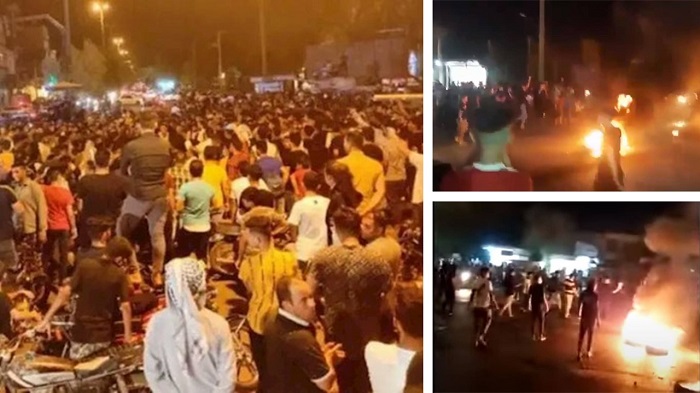
Fifteenth days ago, protests started in Khuzestan province, southwest Iran. These protests began as a result of the province’s chronic water shortages. However, as the protests progressed, people began to direct their chants at the regime’s highest officials. “Down with the dictator,” they chanted, as well as “Down with Khamenei,” the regime’s Supreme Leader.
Khuzestan protests have extended across Iranian cities
Protests have extended to a dozen Iranian cities, including Tabriz and Tehran, with demonstrators demanding a government change. The authorities have detained dozens of people in various cities, and the People’s Mujahedin of Iran (PMOI / MEK Iran), claims that security forces have killed 12 people. Protests, on the other hand, continue to grow in number and intensity.
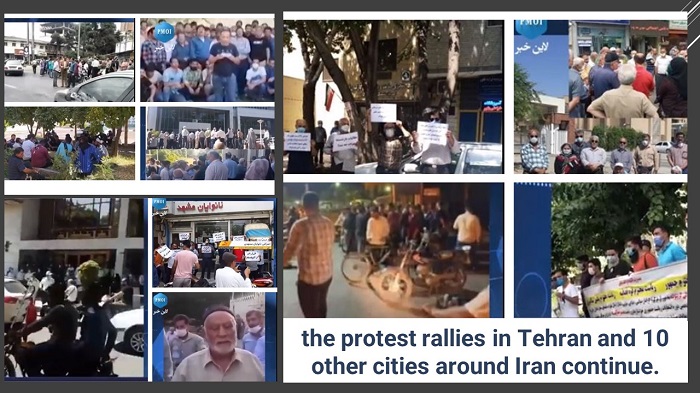
Raisi has been accused of committing a number of crimes
Ebrahim Raisi, the ultra-hardline figure, will be inaugurated as president on August 5. Raisi has been accused of committing a number of crimes against humanity throughout the course of his career, and it is widely expected that his appointment to the executive branch will coincide with an increase in human rights abuses both at home and abroad.
Because of Raisi’s history and expected presidential intentions, the regime’s traditional international opponents must re-evaluate their policies around the time of his inauguration, both morally and practically.
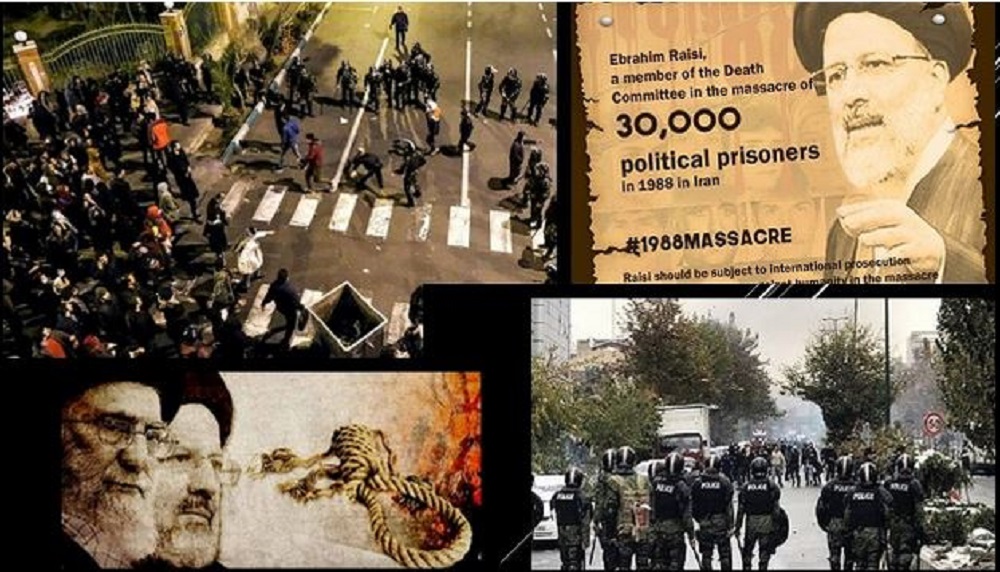
International community’s failure
On the second day of the Free Iran World Summit, Mark Demesmaeker, a Belgian Member of the European Parliament, said, “That Ebrahim Raisi has been installed as president instead of being prosecuted for crimes against humanity is a tragic demonstration of the international community’s failure to address Iran’s structural crisis.”
His remarks reflect those of Amnesty International, which released a statement the day following Raisi’s “election” on June 18. Maryam Rajavi, the NCRI’s president-elect, drew attention to the fact that he had publicly defended his role in what may have been the Iranian regime’s deadliest crime against humanity, and she pronounced him guilty by his own admission.
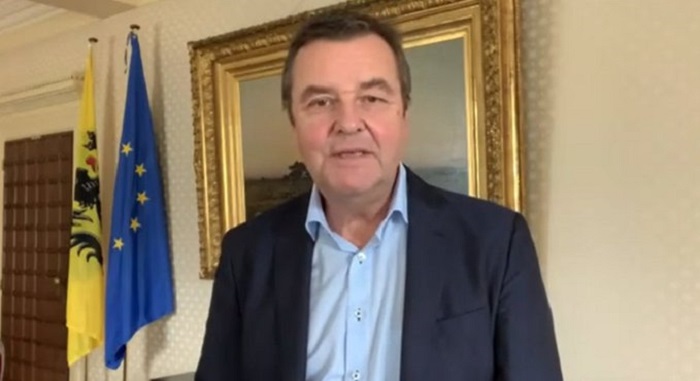
The “death commission”
Raisi was the deputy public prosecutor of Tehran, Iran’s capital, in 1988. That summer, he was sent to the “death commission,” which was in charge of questioning political detainees and deciding who would live and who would die. Raisi’s tribunal, like many others across the country, rarely found someone to be sufficiently devoted to the theocratic regime. As a result, nearly 30,000 people were executed, the majority of whom were MEK members.
Such abuses have worsened in recent years, as one might expect given the regime’s Supreme Leader Ali Khamenei’s betrayal of long-held state propaganda by acknowledging the MEK as a growing threat to the ruling system.

Khamenei selection of Raisi as president
Khamenei appointed Raisi as the head of the judiciary in 2019. He oversaw what may have been the worst single crackdown on dissent since the 1988 massacre in that capacity.
Within days of turmoil erupting in roughly 200 cities and villages that November, about 1,500 nonviolent protestors were killed.
Reuters confirmed in a special report on December 23, 2019, about the deadly crackdown on November nationwide protests in Iran the death toll of 1500 that was announced by the People’s Mojahedin Organization of Iran (PMOI) on December 15, 2019.
At least 12,000 people were detained, and many of them were tortured for months by authorities who worked for Raisi.
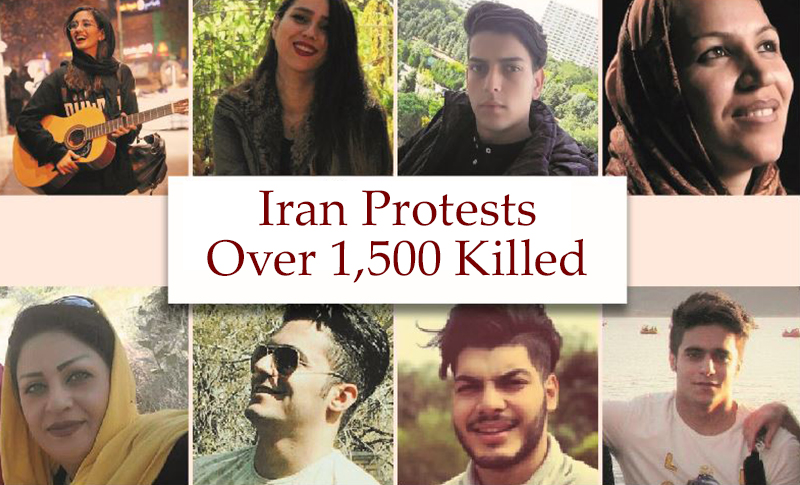
Mrs. Maryam Rajavi
Mrs. Rajavi cited the crackdown as more proof of Raisi’s evident guilt, describing his inauguration as a “litmus test” for the international community’s commitment to universal responsibility and human rights standards. This means that, more than ever before, foreign powers will have to choose between dealing with religious rule and supporting the people and their democratic resistance in the Raisi era.
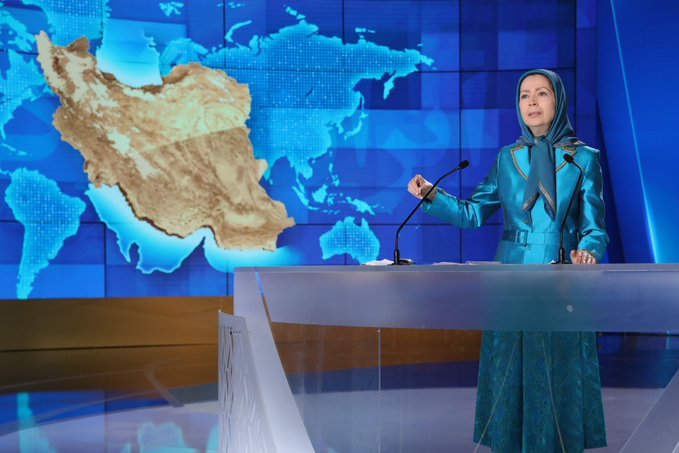
MEK Iran (follow us on Twitter and Facebook)
and People’s Mojahedin Organization of Iran – MEK IRAN – YouTube







